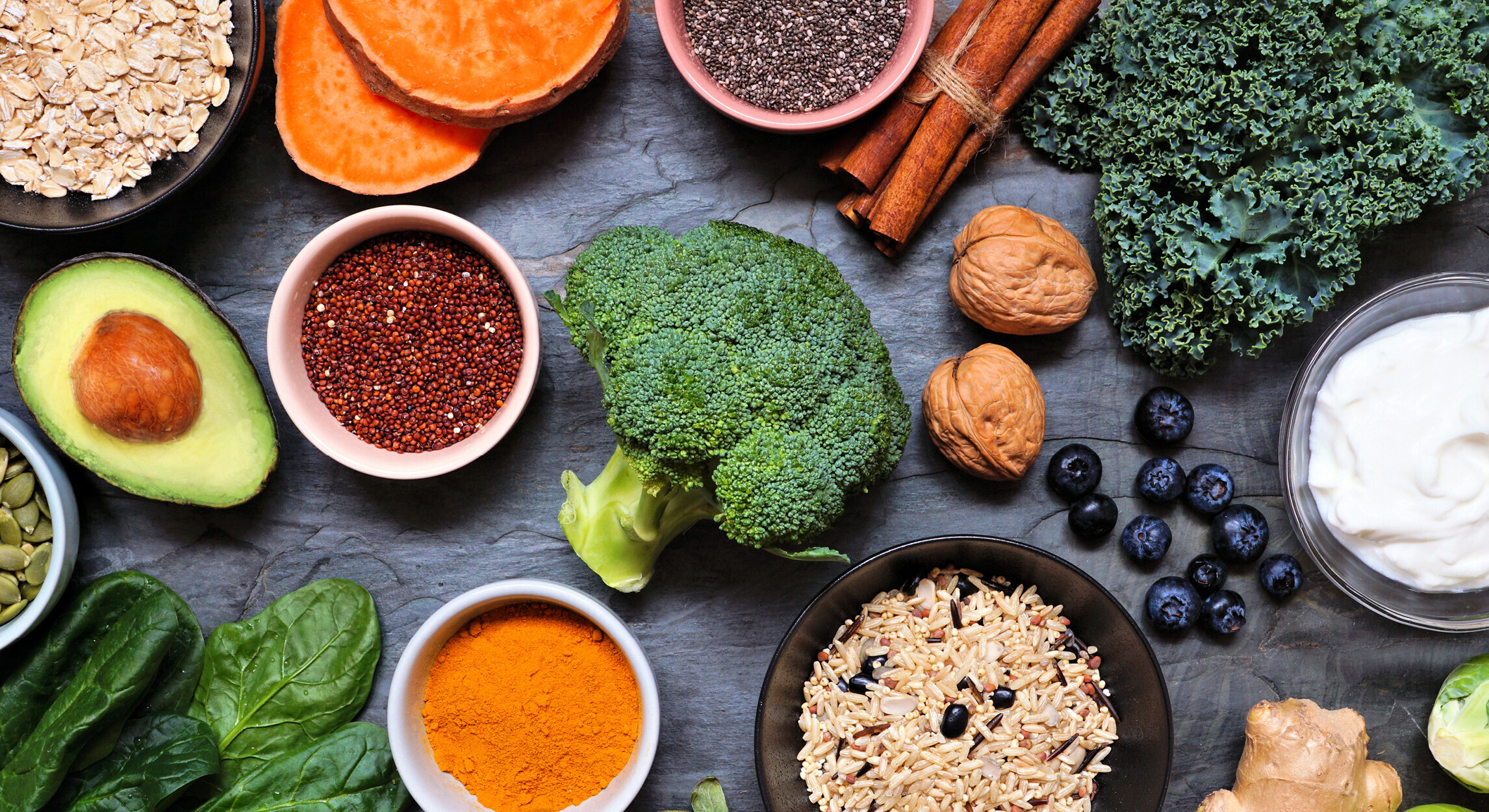Proteins, carbohydrates and fats are essential energy nutrients for the body. They are different and complementary. They each have specific roles to play in ensuring that the body functions properly and in preventing disease. A balanced and varied diet provides the body with sufficient quantities of these nutrients, but it's not always easy to achieve this! To find out more about the role of proteins, carbohydrates and fats, you've come to the right place!
In this article, we're going to try and explain in a few lines the role played by proteins, carbohydrates and fats in your body. For several years now, you've been hearing the following phrase in food advertising campaigns: "for your health, avoid eating too much fat, too much sugar and too much salt". But why? Quite simply because excessive consumption of "fast sugars" (carbohydrates) or "bad fats" (lipids), for example, can cause illness. So it's important to understand the role of "macronutrients" and how best to dose them in our diet to stay in tip-top shape!
Proteins:
Proteins are molecules formed by the assembly of 20 amino acids, 9 of which are said to be essential because they cannot be synthesised by the body and must be provided by the diet. Proteins are found in foods of animal origin (meat, fish, eggs, milk, cheese) and plant origin (legumes, cereals, oilseeds, soya). Proteins have several vital functions in the body:
- They help build and renew tissues (muscles, bones, skin, hair, nails).
- They are involved in the synthesis of hormones, enzymes and antibodies.
- They regulate blood pH and oxygen transport.
- They provide energy when needed (4 kcal per gram).
Protein requirements vary according to age, weight, physical activity and state of health. On average, it is recommended to consume 0.8 g of protein per kilo of body weight per day, or around 10-15% of total energy intake. It is important to vary the sources of protein and to favour those that are low in fat and of good nutritional quality.
Carbohydrates:
Carbohydrates are molecules made up of simple sugars (glucose, fructose, galactose) or their combinations (sucrose, lactose, maltose). Carbohydrates are found in sweet foods (sugar, honey, jam) and starchy foods (bread, pasta, rice, potatoes). Fruit and vegetables also contain carbohydrates in the form of fructose and fibre. The main function of carbohydrates is to provide energy for the brain and muscles (4 kcal per gram). They are stored as glycogen in the liver and muscles. When glycogen reserves are depleted, the body uses proteins or lipids as a source of energy.
Carbohydrate requirements depend on the level of physical activity and individual metabolism. In general, it is advisable to consume 40-55% of your total energy intake in the form of carbohydrates. It is essential to choose carbohydrates with a low or moderate glycaemic index, i.e. carbohydrates that raise blood sugar levels slowly and only slightly. Low- or moderate-glycaemic index carbohydrates (still commonly referred to as 'slow sugars') are those containing fibre, protein or fat that slow down digestion. They promote satiety, help regulate weight and prevent diabetes. Low or moderate glycaemic index carbohydrates include legumes, wholegrain cereals and fresh fruit. Unlike 'slow sugars', 'fast sugars' (which generally have a high glycaemic index) are ideal for providing the body with energy quickly. Their role is to cope with the slump in energy levels during exercise, often due to hypoglycaemia (a drop in blood sugar levels). Fast sugars (honey, sweets, cereal bars, etc.) are therefore your allies for your sports sessions.
Lipids:
Lipids are molecules formed by the combination of glycerol and one or more fatty acids. There are different types of fatty acids depending on their chemical structure: saturated, monounsaturated or polyunsaturated. Lipids are found in fatty foods (butter, oil, cream) and in certain foods of animal origin (red meat, charcuterie, cheese) or vegetable origin (avocado, oilseeds). Lipids have several important functions in the body:
- They are the body's main energy reserve (9 kcal per gram).
- They are involved in the structure and fluidity of cell membranes.
- They are involved in the synthesis of steroid hormones and prostaglandins.
- They facilitate the absorption of fat-soluble vitamins (A, D, E, K).
- They provide essential fatty acids (omega-3 and omega-6) which cannot be produced by the body and which have beneficial effects on cardiovascular, cerebral and immune health.
Lipid requirements vary according to individual energy needs and lipid profile. On average, we recommend consuming 30-40% of our total energy intake in the form of fat. It is essential to give priority to good quality fats, i.e. those containing unsaturated fatty acids (monounsaturated or polyunsaturated). Good quality fats come from vegetable oils (olive, rapeseed, walnut), oily fish (salmon, sardines, mackerel), oilseeds (walnuts, almonds, hazelnuts) and avocado. Poor-quality fats, i.e. those containing saturated or trans fatty acids, should be limited. Poor-quality fats come from full-fat dairy products, red meat, cold meats, butter, cream and industrial products (biscuits, pastries, ready meals).
Conclusion:
As we've just explained in this article, proteins, carbohydrates and fats are essential for your body! It's all a question of balance. It's important to vary the food sources of these nutrients and give priority to those of good nutritional quality.










